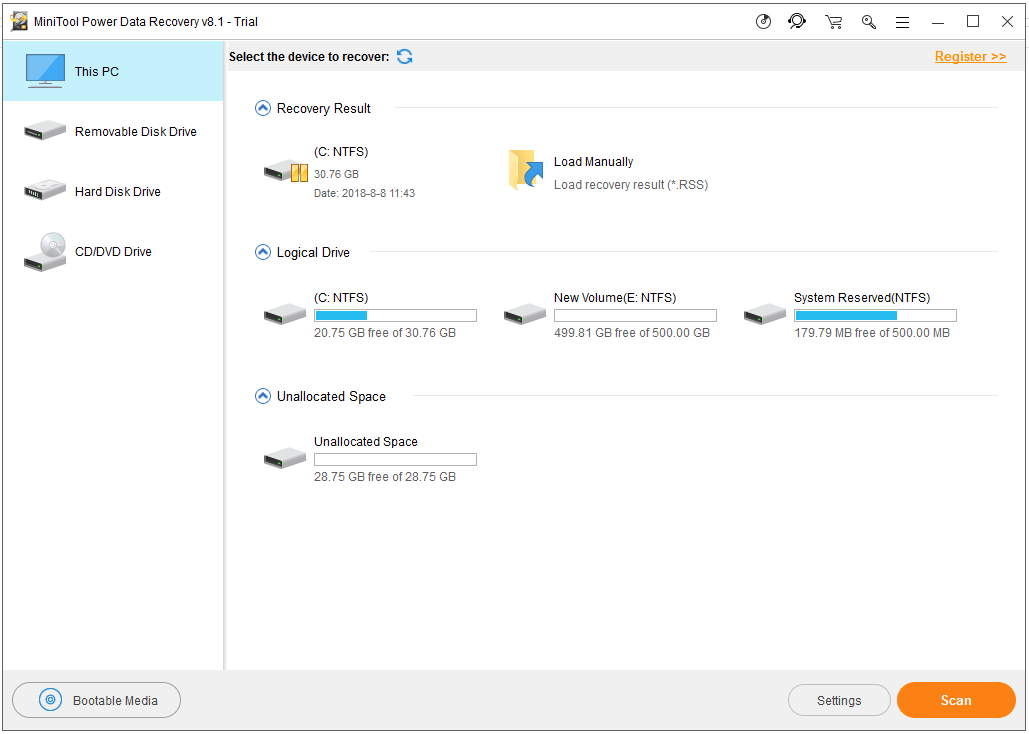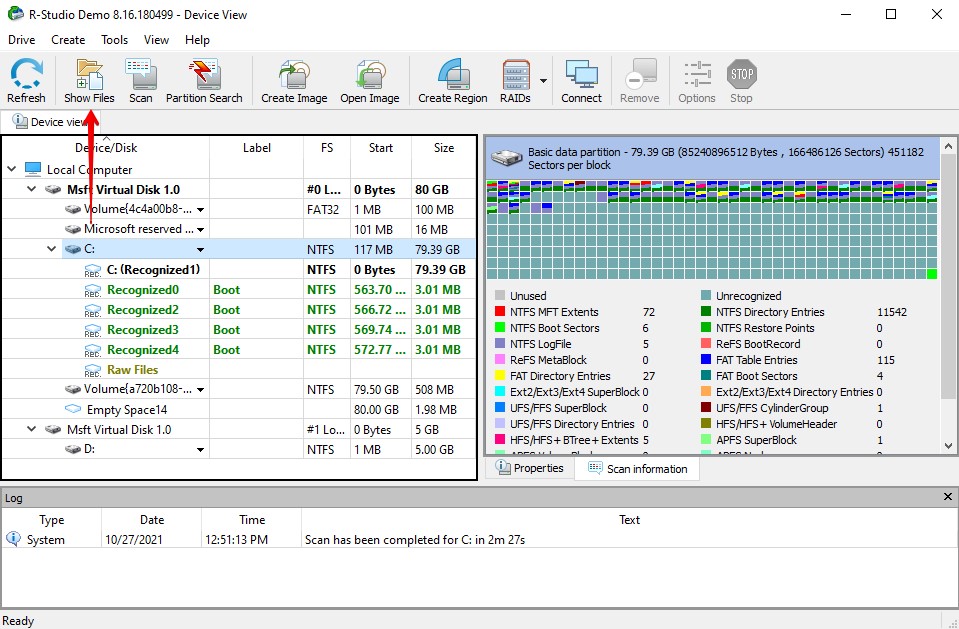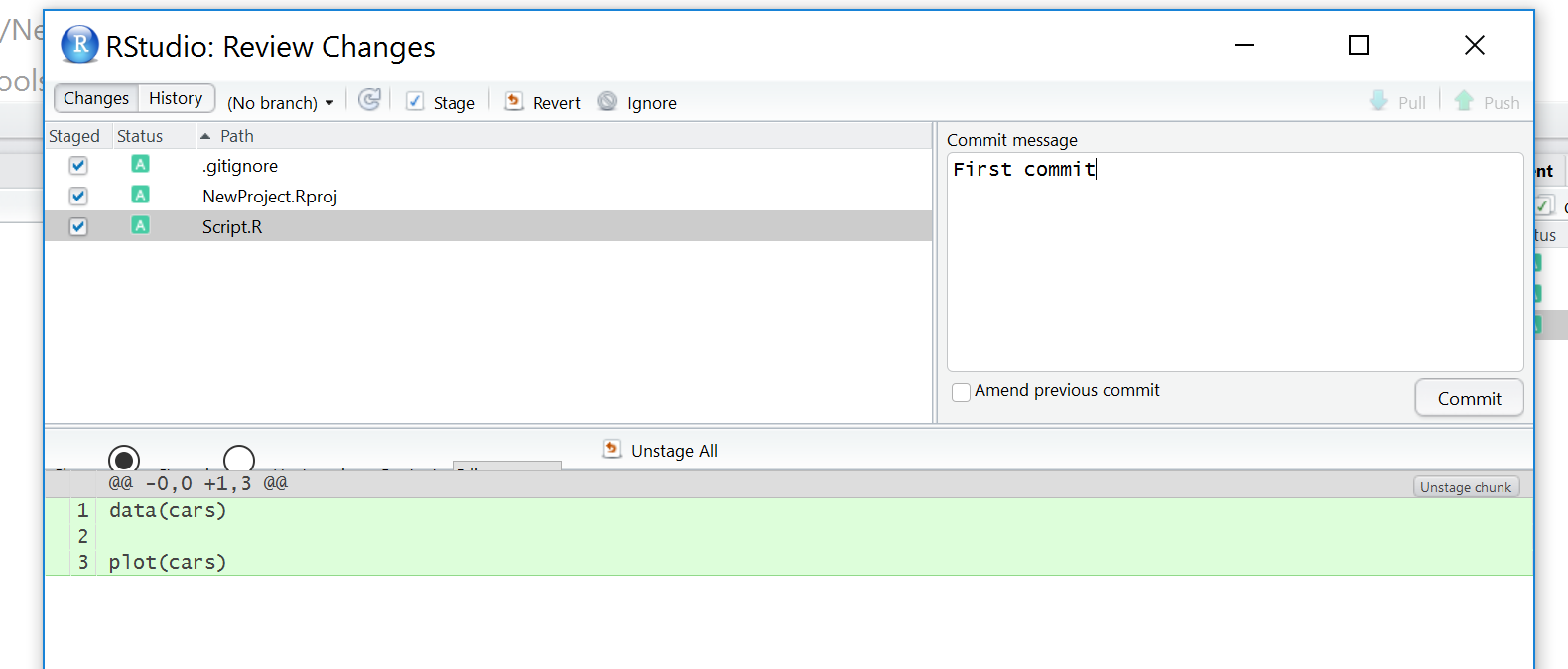


History % fit( training $text, as.numeric(training $tag = "pos"), epochs = 10, batch_size = 512, validation_split = 0.2, verbose= 2 ) # Train on 41420 samples, validate on 10356 samples Using the sigmoid activation function, this value is a float between 0 and 1, representing a probability, or confidence level. The last layer is densely connected with a single output node.This fixed-length output vector is piped through a fully-connected ( dense) layer with 16 hidden units.This allows the model to handle input of variable length, in the simplest way possible. Next, a global_average_pooling_1d layer returns a fixed-length output vector for each example by averaging over the sequence dimension.The resulting dimensions are: ( batch, sequence, embedding). The vectors add a dimension to the output array. These vectors are learned as the model trains. This layer takes the integer-encoded vocabulary and looks up the embedding vector for each word-index. The first layer is an embedding layer.The layers are stacked sequentially to build the classifier: Input % text_vectorization() %>% layer_embedding( input_dim = num_words + 1, output_dim = 16) %>% layer_global_average_pooling_1d() %>% layer_dense( units = 16, activation = "relu") %>% layer_dropout( 0.5) %>% layer_dense( units = 1, activation = "sigmoid") model <- keras_model(input, output)

The string input and convert it to a Tensor. Now, let’s define our Text Vectorization layer, it will be responsible to take In this tutorial, we will use the second approach. We can use an embedding layer capable of handling this shape as the first layer in our network. This approach is memory intensive, though, requiring a num_words * num_reviews size matrix.Īlternatively, we can pad the arrays so they all have the same length, then create an integer tensor of shape num_examples * max_length. Then, make this the first layer in our network - a dense layer - that can handle floating point vector data. For example, the sequence would become a 10,000-dimensional vector that is all zeros except for indices 3 and 5, which are ones. One-hot-encode the arrays to convert them into vectors of 0s and 1s. Then we can represent reviews in a couple of ways:

In this case, every review will be represented by a sequence of integers. The reviews - the text - must be converted to tensors before fed into the neural network.įirst, we create a dictionary and represent each of the 10,000 most common words by an integer.


 0 kommentar(er)
0 kommentar(er)
